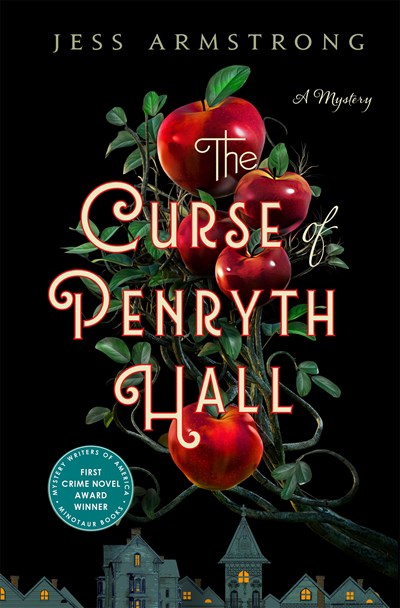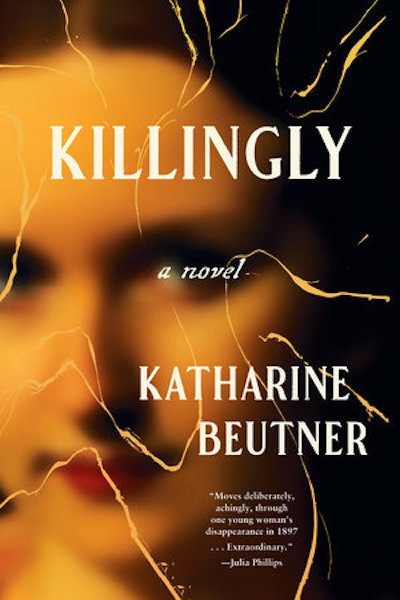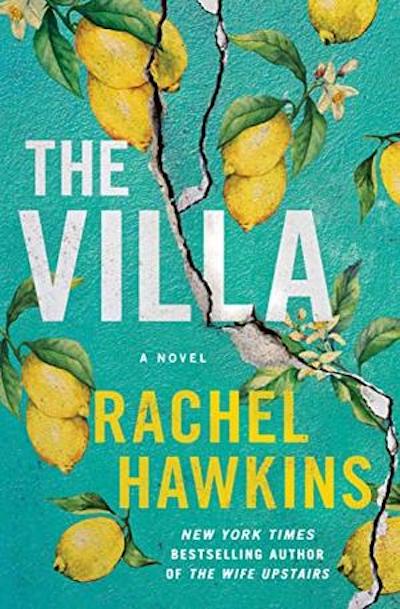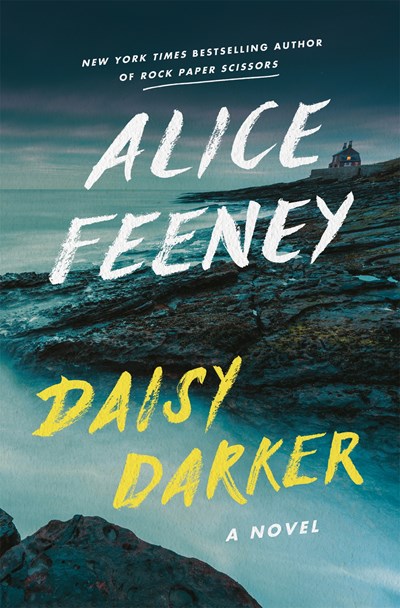Devil-may-care heiress Ruby Vaughn has just sent the latest of her boss’s housekeepers running, with the woman on the way out muttering something about “a den of sin and vice.” Ruby does like to knock back a few drinks and scarcely cares about propriety, having planned, while a nurse during the Great War, to set up home with her fellow nurse and lover, Tamsyn. When that antiquarian-bookseller boss announces, “I’ve been thinking,” Ruby knows it doesn’t usually bode well, but this time there’s an upside. The trip he wants her to undertake, delivering mysterious books to a Ruan Kivell in Cornwall, brings her back in contact with Tamsyn, now Lady Chenoweth. Penryth Hall, Tamsyn’s miserable home with her abusive husband, only makes Ruby long all the more for the life she could have had with Tamsyn. When awful Lord Chenoweth is found dead, his body slashed as though by animals, the area’s depths of superstition and past misdeeds begin to reveal themselves, as do the powers of Ruan, the local Pellar, a powerful folk healer. Ruby refuses to believe in the curse that the locals say Chenoweth perished from, pursuing instead the help of the fledgling science of forensics to figure out what happened and restore Tamsyn’s happiness. This debut won the Mystery Writers of America/Minotaur First Crime Novel Competition, a well-deserved honor for a book whose gutsy main character and immersive world-building will remind readers of Margaret Dove in Evie Hawtrey’s And By Fire.
Gothic
A haunting tale set in the rarefied world of Mount Holyoke college, the oldest of the Seven Sisters, and inspired by a true story. It’s 1897 and Bertha Mellish, a quiet and rather odd junior, has gone missing, last seen walking into the woods that surround the college. As days go by, her disappearance draws to campus her sister and father—an enfeebled minister from Killingly, Connecticut—the police, and a private investigator hired by the family. But the one person who likely knows what happened to Bertha is Agnes Sullivan, and she’s being incredibly circumspect. Agnes is poor and Irish, a promising scientist, and Bertha’s closest friend…or lover? At a time when women in an environment like Mount Holyoke could establish romantic relationships, and display affection, Agnes and Bertha were such a couple—in fact, they planned after graduation to live in a Boston Marriage, the name for two women who set up a household together. So why is Agnes so tight-lipped? Rape, incest, abortion, vivisection, and insanity swirl around the narrative, as does the imagining of the precarious lives of women, even when privileged. Beutner does a wonderful job of pulling the reader into this world then locking the door behind us, keeping us engaged until the very last page.
A little bit of a mystery, a whole lot of a thriller, and definitely a Savannah gothic, this novel is 100 percent guaranteed to creep you out. Holly and Dane are close as brother and sister, but when Dane starts having psychological problems in his final semester of college, Holly pulls back. After all, Dane now has Maura, his girlfriend who he has moved in with and who is taking care of him. But when Dane dies from suicide—he actually tried to disembowel himself—Holly spirals into a guilt-induced depression. “Get it out of me,” reads Dane’s last text to his sister. To understand what happened to Dane, Holly seeks out the mysterious and beautiful Maura, a florist obsessed with carnivorous plants and harnessing the power of botanicals. From stalking Maura to rooming with her to surrendering to her erotic powers, Holly realizes that if she doesn’t solve the mystery of what Maura did to Dane, then she will be forced to reenact it, with the same tragic results. A steamy f/f romance. Gothic vibes. A love story gone terribly wrong. Carnivorous roses. Get this title on Booktok!
A double narrative, one in the present day, the other in 1974, both set in Villa Aestas on the outskirts of Orvieto, Italy. Emily, a 30-something writer of cozy mysteries, narrates the present. She’s going through a tough time: a messy divorce, writer’s block, and recovery from an awful, but undiagnosed, illness. So when Chess, her best friend since childhood, invites her to come along to the Italian villa she’s rented for six weeks, it’s a no brainer. Chess has become rich as a bestselling author of wellness/relationship books geared toward women and can easily afford an Italian villa fantasy. Villa Aestas is indeed charming, but it also has a dubious reputation, and Emily can’t help but investigate its past. It turns out that a famous rock star spent a summer there with several friends, a stay that ended in the murder of one of the men in the group. The two women in their midst fared far better; one went on to publish a horror novel that ended up a classic, while the other released a best selling album. Emily begins to recreate the narrative of that summer—through the novel, song lyrics, and documents she discovers in the villa—and becomes so obsessed that she begins a book about the summer of 1974. Chess meanwhile develops her own fascination with the murder, urging Emily to let her coauthor the book. As sinister details from the past emerge, equally disturbing revelations about the present come to light, and the two narratives begin to overlap. For fans of Lucy Foley.
An homage to Agatha Christie’s And Then There Were None that is both wryly humorous and deadly serious. The setting: a Victorian gothic house, named Seaglass, located on a tiny island off the Cornwall coast, accessible only during low tide. The cast: matriarch Nana, her son and ex-daughter-in-law, three adult nieces, a grandniece, and a family friend. The occasion: Nana’s 80th birthday, predicated to be her last. As the sun goes down, the tide rushes in, dinner is served, and then it’s time for Nana to read her will. Our narrator, and very much the center of the book, is Daisy, Nana’s youngest and favorite niece, who was born, in Daisy’s word, “broken,” with a heart condition she could die from at any moment. Nana—a wonder of a character—is a famous children’s book author, and Seaglass overflows with her designs and eerie, Edward Gorey-esque poems. The novel shifts between the family’s painful past and the nerve-wracking present, and as the night grows longer, and the revelations unfold, the carnage increases. The ending manages to shock, and while some readers may feel cheated by the turn of events, others will enjoy having to rethink the whole book. This book isn’t twisty, it’s demonic.
- 1
- 2





